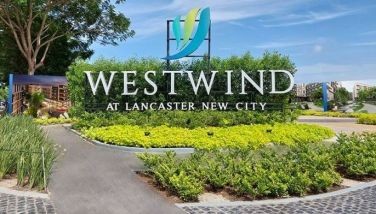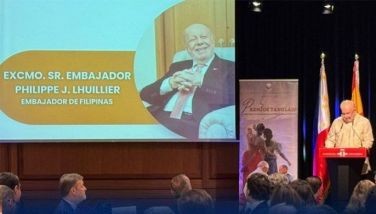The House Numbering Ordinance of Cebu City in 1946
The numbering of Cebu City houses started with a city ordinance enacted after World War II. The house numbering ordinance was contained in City Ordinance No. 21, which was enacted on March 13, 1946.
The Municipal Board of the City of Cebu ordered that the intersection that the then old marginal wharf and the north marginal wharf of Cebu City be considered the point of origin.
In case both ends are equidistant from the point of origin, the numbering shall begin from that and nearer to the sea. Starting from that and selected in accordance with the foregoing, the numbers at the right side will be odd and at the left, even numbers. A number will have a minimum frontage of 3 meters.
The ordinance provides that the dwellings or buildings not fronting on any street, land, alley, or any other public place it will be numbered in accordance with the plan on file in the Office of the City Engineer.
The task of assigning plate numbers on all dwellings, houses, or other buildings situated or fronting on any street, lane, alley, or any public place in accordance with the system and plan provided was given to the city engineer. The plate number was then furnished and placed by the house owner in accordance with the rules prescribed by the city engineer with regard to the class, form, shape, and location of the plate number.
This was the rules regarding the placing of the plate numbers. The maker of the plate must assume that all numbers are of the same size which was .10 meters in height and .055 meter in wide.
In painting the plate numbers, the strokes must be of .0125 wide with white color for the numbers and pure Prussian Blue for the background. A white border line of .002 meter must be painted at the edges of the plate.
The strokes for number 1 being the only narrow number must be .0125 meters in the middle of the space of .10 x.055 meters with a base of .03 meters having the same stroke of .0125 meters.
The ordinance provides that to ensure its compliance no final certificate will be issued in any building until the plate number made in accordance with the instructions of the ordinance.
It provided a penal provision that any person who takes down, alters, or defaces any number plate, or to retain an improper number or to substitute any other number on the house or building other than the one given by the city government.
However the ordinance did not prohibit the replacing of worn-out or illegible number plate by a new plate, bearing the same number as the old one, or the changing of said plate for one of a different design but bearing the same number, the figures composing said number being of a clear, distinct and legible type.
As penalty for failure to comply or violating the ordinance, any person found guilty shall be fined with the amount not exceeding two hundred pesos or imprisonment of not more than six months or both such fine and imprisonment in the discretion of the court.
The ordinance was approved on March 22, 1946 by Mayor Nicolas Gandionco Escario Sr., a medical doctor and a son of Bantayan Island, Cebu. The Secretary to the Mayor at that time was Jesus V. Cerilles. The Secretary to the Council was Pio A. Kabahar.
The president of the municipal board who is today's equivalent to the position of vice mayor was lawyer Honorato S. Hermosisima. The other members of the municipal board were Juan C. Zamora , a lawyer and who also became Cebu City mayor, Florentino S. Urot, a lawyer, Florentino D. Tecson, Ramon D. Abellanosa, Numeriano G. Estenzo, a lawyer and later became judge of the Court of First Instance, Alfonso S. Frias, and Luciano Bacayo.
Luciano Bacayo in the early years of the birth of the Municipality of Cebu in the 1900's was appointed president of the Municipality of Cebu. Bacayo was also a revolutionary leader being part of KKK Cebu when Cebuanos rose against Spain. A street located in the Veloso Subdivision, Guadalupe, Cebu City was named after Luciano Bacayo by virtue of a City Ordinance No. 87 enacted on January 6, 1950.
- Latest



















